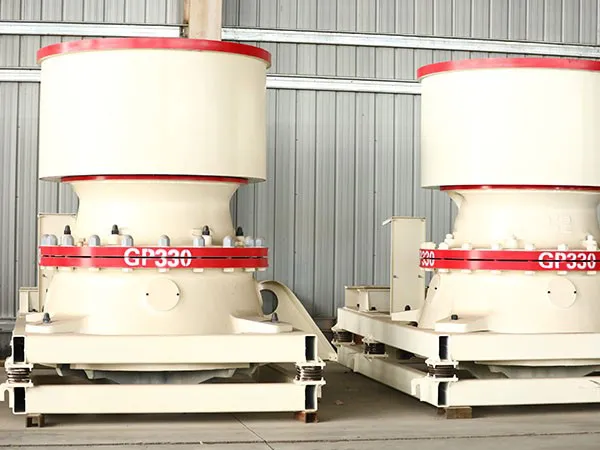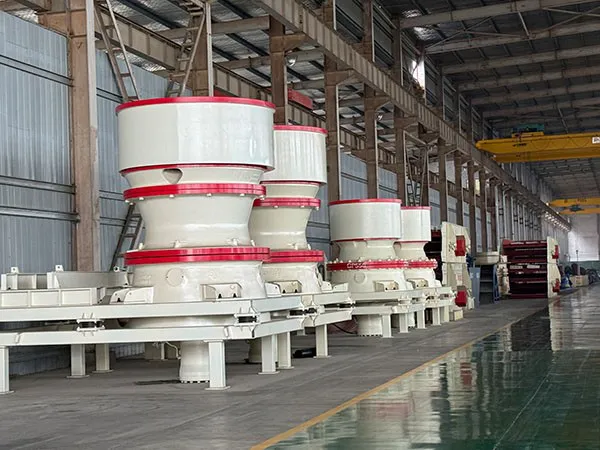Excessive wear of a cone crusher is a common issue that can lead to reduced efficiency, increased downtime, and higher operational costs. Troubleshooting it involves systematically examining various aspects of the crusher’s operation and maintenance.
Troubleshooting Cone Crusher Excessive Wear

1. Identify the Location and Pattern of Wear
Different wear patterns can indicate different underlying problems. Observe where the wear is most prominent:
Even wear across liners: This might suggest normal operation but still points to a need to optimize settings or consider different liner materials for extended life.
Localized wear (e.g., top, middle, or bottom of liners):
Top wear (near feed opening): Often due to oversized feed, bridging of material, or an uneven feed distribution where larger material impacts the upper part of the chamber.
Bottom wear (near closed side setting – CSS): Can be caused by too small a feed size, where most crushing occurs at the bottom, or an incorrect CSS for the material.
Uneven wear on one side: Indicates segregated feed (material biased to one side), poor alignment, or issues with the eccentric throw.
Wear on non-liner components (e.g., bevel gears, bearings, main frame): This suggests more severe mechanical issues, lubrication problems, or foreign objects.

2. Review Operational Parameters
Incorrect operational settings are a primary cause of premature wear.
Closed Side Setting (CSS):
Too tight: Increases crushing forces, leading to high stress on liners and potentially overloading the crusher. It can also cause excessive fines and increased power consumption.
Too wide: Reduces the reduction ratio and can lead to inefficient crushing, poor product shape, and uneven wear as material “slips” rather than being crushed.
…
For more detailed information on how to troubleshoot excessive wear in cone crushers, please click here:https://www.yd-crusher.com/a/news/troubleshooting-cone-crusher-excessive-wear.html



